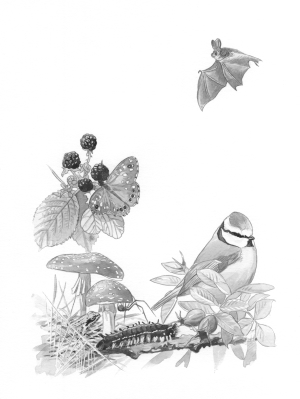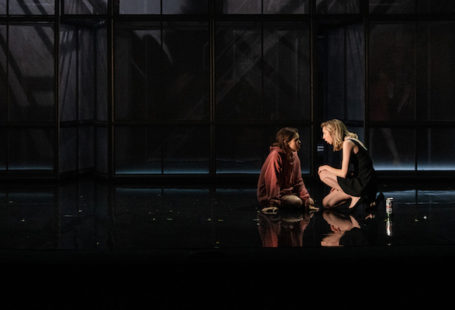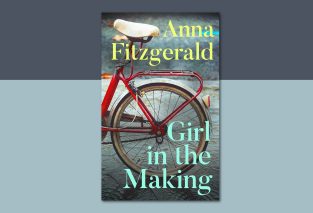A couple of weekends ago, I was lying in bed, having been abruptly woken by the chatter of magpies. At this time of the year, this is a regular occurrence. Sometimes, one of the gang lands on the window ledge and hollers to its friends, filling my sleep-interrupted head with murderous thoughts.
On this morning, though, something cut through the magpie jabber, a deep and unmistakable ‘Cronk! Cronk! Cronk!’

What? A raven? I live in Dún Laoghaire, in a built-up area with lots of houses, concrete, walls and roads. It’s not your usual raven territory of mountain side or remote ruin. Although I crashed out of bed and rattled open the shutters, I saw no sign of the bird.
A few days later, when I was refilling the bird feeders, I heard it again. And saw it. It was perched on top of a tall cypress tree a few gardens down, a heavy-billed black bird, with a characteristic, untidy neck beard. It was huge, about twice the weight of a rook. ‘Cronk! Cronk! Cronk!’
Ravens, which used to be mainly upland birds, are moving into suburban and urban areas now. Last year, I saw one on the West Pier in Dún Laoghaire, and according to the excellent bird sighting website, www.irishbirding.com, three were spotted in Monkstown at the end of August. Perhaps ‘my’ raven was one of those. Wherever it came from, its brief appearance added a warm glow to my day.
I spend a lot of time looking out the window — an activity that I recommend wholeheartedly. It is continually rewarding, as there are always surprises. I’ve seen buzzards and bramblings, both ‘country’ birds, and one glorious winter twenty years ago our back garden hosted a lesser whitethroat for many weeks. It was the first ever recorded instance of that little grey-and-white warbler overwintering in Dublin.

Our garden is fairly wild and well-vegetated, but it is nothing special. Most neighbourhoods are full of unexpected nature sightings: all you have to do is look. Yesterday, for example, a massive and fearsome-looking insect landed on the glass of our kitchen window. Three centimetres long, with a striped body and surreal yellow legs, it had a scary-looking spike sticking out of its bottom. When you see a giant wood wasp up close, it is terrifying. But, that hypodermic needle protruding from its bum is not a sting, it is an ovipositor, found only in the female. She injects it into a tree trunk (often pine) and squeezes her eggs out through it. The larvae can take five years to develop into adults, during which time the tree may have been felled and made into timber. There are no pine trees near us, so yesterday’s wood wasp may have hatched from the piles of planks in the abandoned building site a few doors down. Possibilities like that blow my mind. Nature can cut through so much of human activity.
In my book An Irish Nature Year I’ve written one entry for every single day of the year: a little account of a creature, plant or habitat that is usually not far from our back doors. Robert Vaughan, a Donegal-based artist, has produced perfect illustrations. While being anatomically correct, they have a delightfully vibrant and free character. The book design is classic and timeless, and it fits so nicely into the hand. I hope it doesn’t sound immodest when I say I’m proud of this book. I really am, and I hope you like it too.
Jane Powers is a nature writer and columnist for The Sunday Times Irish edition, where she was gardening correspondent for many years, as she was at the Irish Times. Her previous book, The Irish Garden, was named Inspirational Book of the Year at the Garden Media Awards.






Recent Comments